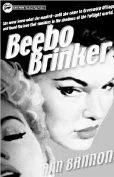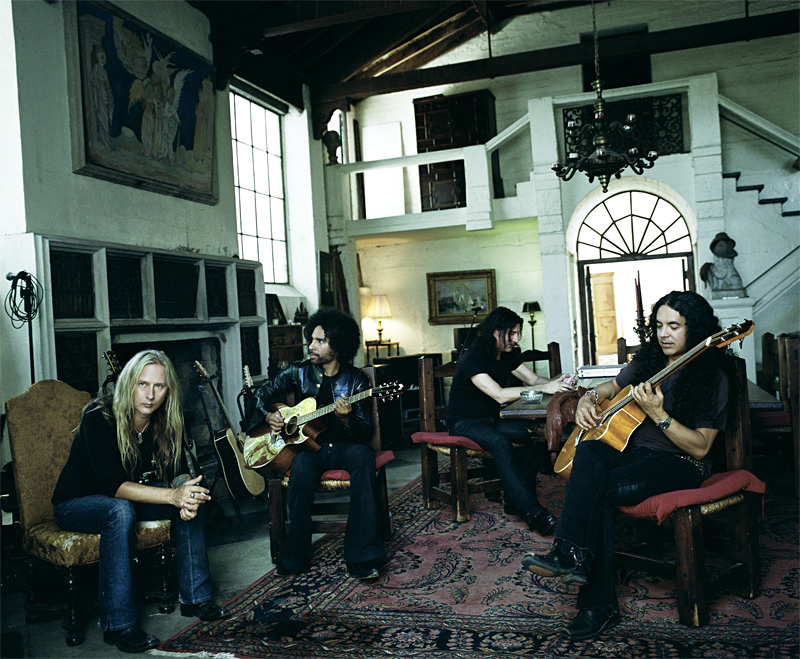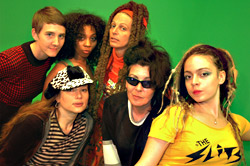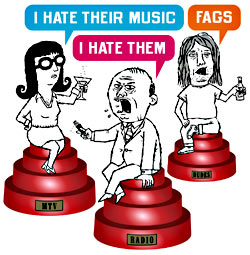BEEBO BRINKER ODD GIRL OUT
by Ann Bannon (Cleis Press, $12.95)
LATE 1950S, New York City, night. An aspiring writer stands on a rooftop on Manhattan’s Upper West Side contemplating her future. “I remember walking out on the roof and looking out at New York City, thinking to myself, will anybody ever know the name of Ann Bannon?” The author tells me from California, where she currently lives. “If every one of those blinking lights was a person, would any one light ever know my name? And of course I discounted it; no, there’s no way that that would ever happen.”
But oddly enough, it did. In 1957, Odd Girl Out, by “A. Bannon,” was published and became the second best- selling paperback of the year, riding the wave of a new phenomenon—the lesbian pulp-fiction novel. Today, such books—with titles like Stranger on Lesbos and The Unashamed—are celebrated for their camp value and lurid covers (Warped Women features a woman, her shirt half ripped off, cowering from a whip held in the foreground, with the tag line, “Once over the line they could not stop!”). But at the time they were published, these novels provided countless women (and a not-so-covert male readership) with a window into a world of what was most decidedly “forbidden love”—as well as the realization that they were not alone.
Now Bannon’s books have entered the 21st century: Cleis Press has reissued Beebo Brinker and Odd Girl Out, with the rest of the series (I Am a Woman, Women in the Shadows, and Journey to a Woman) to follow. The books chart the adventures of Laura, a shy coed who flees the Midwest for the sanctuary of Greenwich Village, where she soon learns the ways of the natives (“Get some desert boots, a car coat, and some men’s shirts, and you’re in business,” a new friend tells her in I Am a Woman). She also meets Beebo Brinker, a handsome, world-weary butch, and the thoughtful Jack, who bounces between love affairs with men and the bottle.
LESBIAN PULPS were the furthest thing from Bannon’s mind when she started her postcollege life as a Philadelphia housewife in the early ’50s. But inspiration arrived via Vin Packer’s 1952 novel Spring Fire, which kick-started the lesbian pulp trend and moved Bannon to write her own book, set among the social whirl of college life. The story’s lesbian subplot was almost an afterthought, “a sort of, ‘Oh, by the way, lots of college girls have a little adventure along these lines,'” Bannon explains. “I suppose I was trying to say I could’ve done that, too, but I didn’t quite have the courage.”
But to her surprise, it was the subplot that captured attention. A letter to Packer got Bannon an introduction to Dick Carroll, an editor with pulp publisher Gold Medal Books, who suggested she develop the lesbian theme she’d been reluctant to examine too closely in her book—and her life. “He told me, ‘This is your story. This is the energy, this is the engine that will drive this book.’ I got very shy about it. But I went home, took a deep breath, and thought, ‘OK, I can do this.’ After all, I could feel the energy, too.”
Odd Girl Out (published under the pseudonymous surname “Bannon,” which she still uses) retained its college setting. But the heterosexual love story became a bisexual triangle; sorority sisters Laura and Beth engage in a tempestuous affair, complicated by Beth’s male suitor. In keeping with the times, the sex, fraught with “sweeping release” and “burning desire,” is not explicit.
Also in keeping with the times, lesbianism must lose; Beth ultimately chooses her man and respectability. But Laura at least avoids the fate of other fictional lesbians—insanity or suicide—and is allowed to seek out other “odd” girls in Bannon’s subsequent books.
Though the novels can seem dated today (particularly in the characters’ self-loathing), they hit a powerful chord with female readers of the era, who sent letters from around the country. “The universal theme was, ‘I have been terribly alone all these years, and your books were just immense comfort,'” says Bannon. “I think it would be amazing to young women today to see how really uninformed and isolated people were at that time. It’s important to remember that it was illegal to be gay—it was flat plain illegal. So not only did the women have a very shaky sense of being members of a community, they had a strong and certain sense that they themselves were illegal human beings.”
THAT FEAR of nonconformity led to Bannon abandoning fiction writing after Beebo Brinker‘s publication in 1962 and her remaining married until 1981. Since her retirement as a college professor in 1997, she has been considering a return to fiction. But the impact of her work has never really gone away, which makes her books less novels and more like slices of history. “If I have any cause for pride in the books, it’s that they alerted women to the fact that they weren’t the only person on the planet who had this orientation,” she says. “Even if they were stuffed into mattresses or hidden in shoe boxes, somehow they had mattered enough to women that they came to stand as exemplars of an era.”








